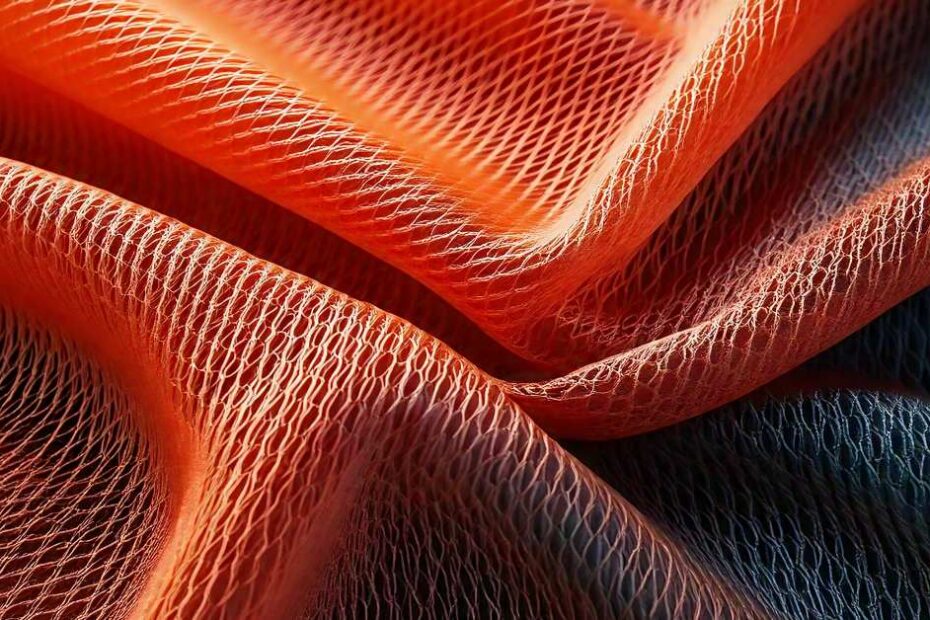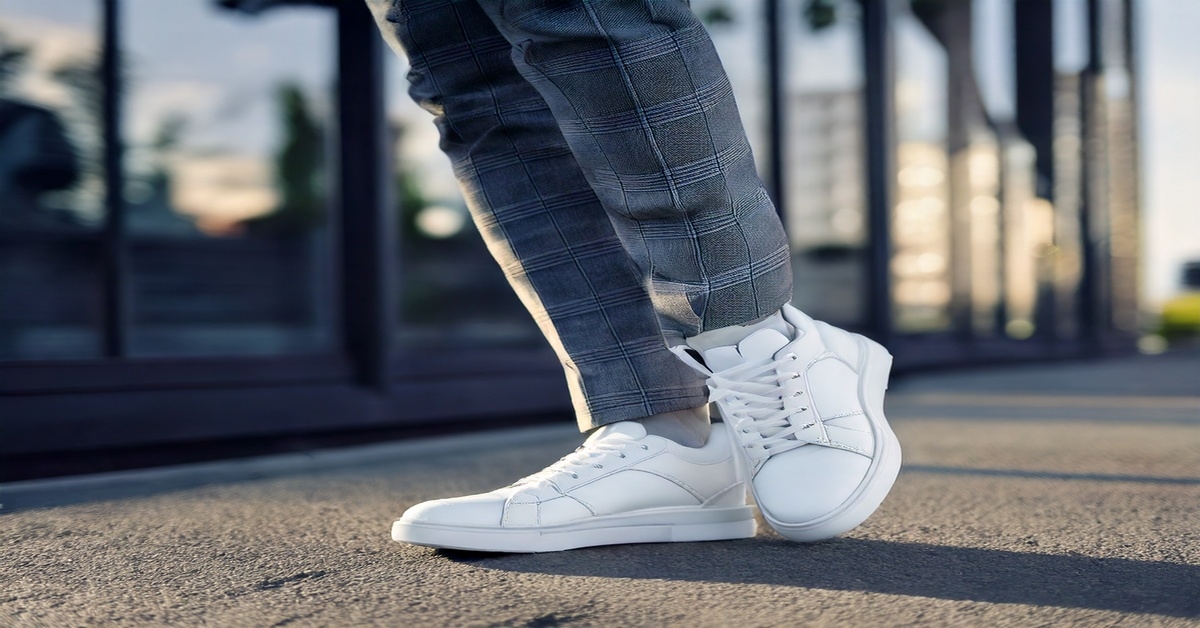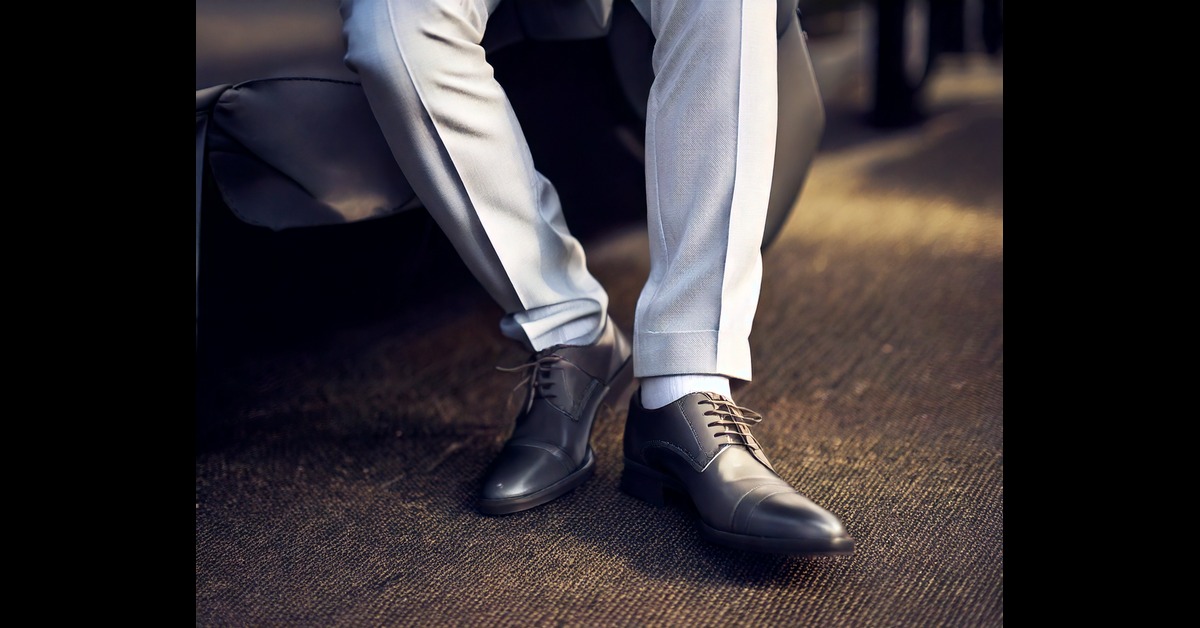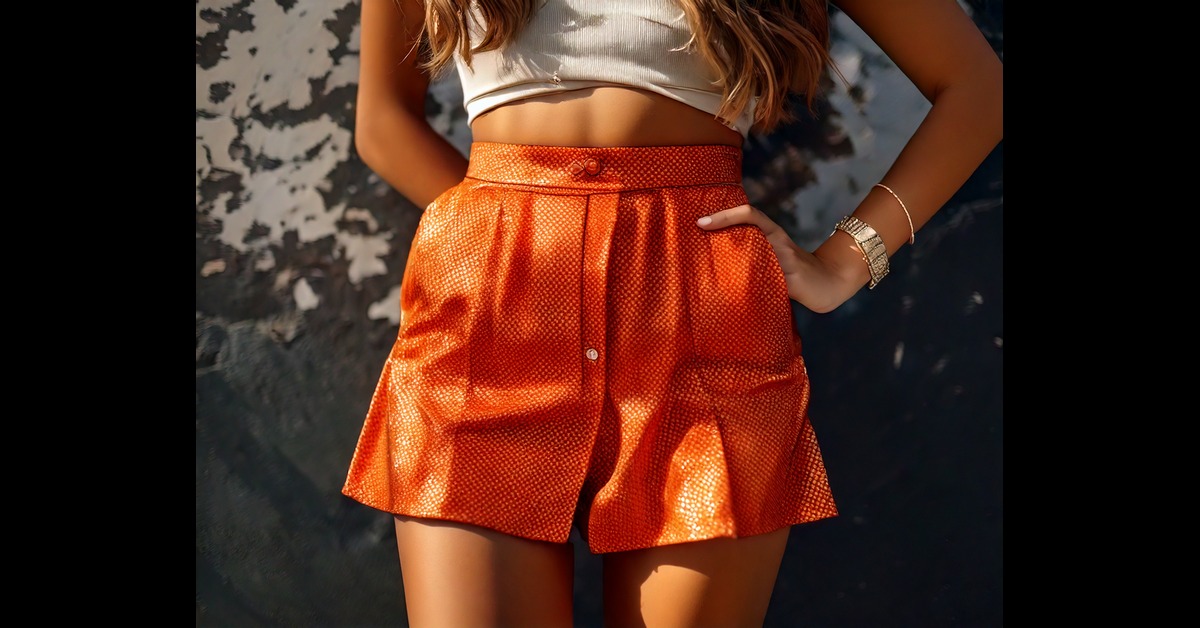Nylon fabric has become a staple in both fashion and functionality, celebrated for its durability, flexibility, and smooth finish. But what is nylon fabric, anyway? Its history began in the 1930s when the DuPont Company created it. It was the first synthetic fabric that was produced entirely by chemical means. Initially introduced as a silk substitute, it quickly evolved into a material used across various industries, from fashion to automotive and beyond.
Today, it is made from petrochemical-based polymers, typically through a process involving the polymerization of hexamethylenediamine and adipic acid. The outcome is a very strong, lightweight, and highly elastic nylon that can be woven into anything from sheer stockings to tough backpacks.
What To Expect In This Article?
Benefits of Nylon Fabric: Durability, Strength, and Versatility
One of the major reasons nylon has become so popular is that it possesses outstanding properties. The strength of nylon makes it well-suited for high-performance and outdoor use. It resists abrasion, mildew, and most chemicals while retaining a soft touch, especially in its modern, refined forms.
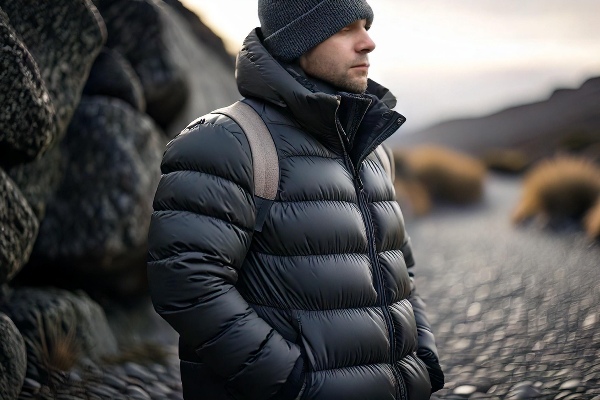
The benefits of nylon fabric include:
- Strength and resilience: Strong and lightweight nylon fabric resists wear and tear, making it ideal for rugged use.
- Water-resistance: While not fully waterproof, many types of nylon are treated or woven tightly enough to be water-resistant, making nylon waterproof to a degree suitable for various outdoor uses.
- Flexibility: Its natural stretch makes nylon perfect for activewear and fitted fashion.
- Lightweight: Nylon garments and accessories are easy to pack and carry, perfect for travel and adventure.
- Quick-drying: Nylon’s moisture-wicking properties help it dry quickly, enhancing comfort.
These properties of nylon make it a first choice for puffer vests, windbreaker jackets, and even luxury puffer jackets.
How Nylon Fabric is Made: The Manufacturing Process
Learning about the manufacturing of nylon requires a journey into synthetic chemistry. It starts with the polymerization of petrochemical ingredients, which come together to produce long chains of polyamide molecules. The polymers are subsequently melted and pushed through spinnerets to create fibers. After they cool and harden, the fibers are pulled to make them stronger and more flexible.
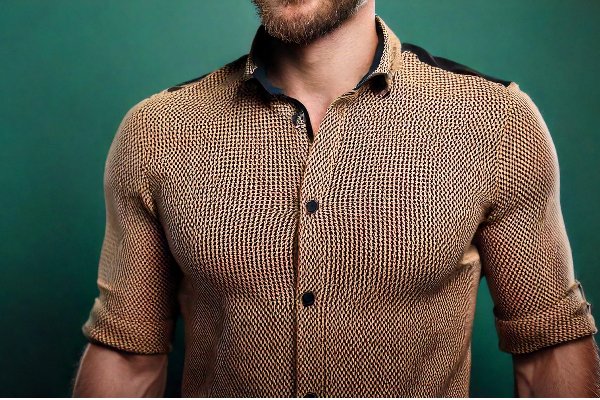
These fibers are then woven or knitted into different types of nylon fabric, each with unique properties. From glossy satin fabric blends to breathable mesh fabric, nylon adapts to a wide array of fashion and utility applications.
Common Uses of Nylon: Fashion, Outdoor Gear & More
The uses of nylon are incredibly diverse. In fashion, it is found in sophisticated outerwear, sportswear, and lingerie. When used outdoors, its durability in the elements qualifies it for use in anything from tents to ropes.

Key nylon uses include:
- Nylon for clothing and accessories: Think tights, bomber jackets, and stylish lightweight jackets.
- Nylon for jackets and coats: Including waterproof options for winter jackets and breathable layers for summer.
- Nylon for bags and backpacks: Durable, stylish, and lightweight—perfect for travel and daily use.
- Nylon for outdoor gear and sportswear: Tents, sleeping bags, and athletic apparel.
Examples of nylon cloth include ripstop nylon for rainwear, taffeta fabric for jacket lining, and stretch nylon for activewear.
Nylon vs. Polyester: Which is Better?
The debate on nylon vs. polyester often comes down to specific needs. Both are synthetic, but they differ in feel, performance, and sustainability.
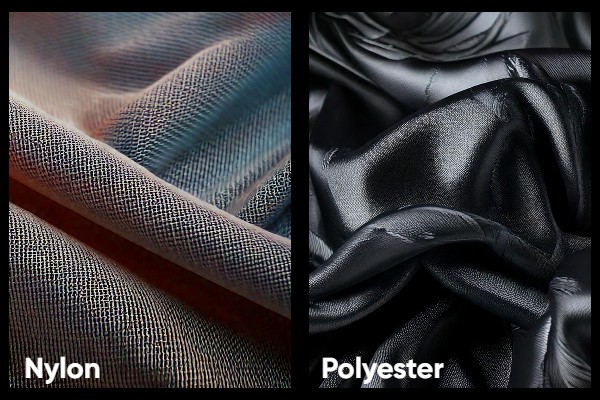
- Feel: Nylon is softer and silkier than polyester, which tends to feel more plastic-like.
- Durability: Nylon has better abrasion resistance, while polyester is more UV-resistant.
- Water-resistance: Both can be treated to become water-resistant, but waterproof treatments used for nylon are generally more effective.
- Sustainability: Polyester is easier to recycle, though sustainable alternatives for nylon are emerging.
Ultimately, the choice between nylon vs. polyester fabric depends on the intended use. For rugged gear, nylon wins. For everyday clothing, polyester might be more cost-effective.
Types of Nylon Fabric: From Ripstop to Taffeta
There are several types of nylon fabric, each engineered for different applications:

- Ripstop nylon: Reinforced with a crosshatch pattern to prevent tearing—ideal for windbreaker jackets.
- Nylon taffeta: Smooth and shiny, used in linings and dresses.
- Ballistic nylon: Ultra-durable and heavy-duty—used in bags and tactical gear.
- Nylon mesh: Breathable and lightweight, perfect for summer wear and lining.
- Nylon tricot: Stretchy and soft, used in lingerie and activewear.
Understanding the types of nylon helps consumers make better choices for both style and function.
Nylon Fabric for Sports Wear
High-performance nylon clothing is a staple in outdoor and sports gear. Its versatility, durability, water resistance, and lightweight properties make it perfect for demanding environments. Breathable nylon fabrics for summer wear offer cooling comfort, while thicker weaves insulate against cold in winter leather jackets.

Nylon is commonly found in:
- Hiking pants and windbreaker jackets
- Waterproof backpacks and duffels
- Athletic shorts and compression wear
- Softshell jackets and base layers
For those looking for eco-conscious options, alternatives made from recycled materials are becoming more accessible.
Nylon vs. Cotton and Leather
When comparing nylon vs. cotton or nylon vs. leather, the differences are striking:
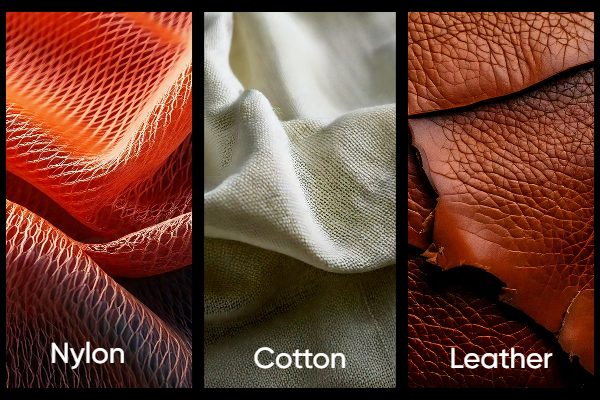
- Nylon vs. cotton fabric: Cotton is natural, breathable, and soft, but lacks the durability and water resistance of nylon. Nylon dries faster and weighs less.
- Nylon fabric vs. leather: Leather offers luxury and longevity, but is heavy and requires extensive maintenance. Nylon is lighter, more versatile, and easier to clean, making it a practical alternative, especially for cleaning leather jacket linings.
The comparison also extends to usage: nylon fabric for bags and backpacks is often preferred over heavier leather alternatives due to weight and resilience.
FAQs
The main benefits include high durability, water resistance, stretchability, and quick drying. It’s lightweight yet strong, ideal for both fashion and outdoor applications.
While both are synthetic, nylon is softer, more durable in abrasion resistance, and often more water-resistant. Polyester excels in UV resistance and recyclability.
Best uses include activewear, jacket lining, bomber jackets, tights, and bags. Its versatility suits both performance and style.
Absolutely. Nylon is a go-to material for windbreaker jackets, softshell jackets for men, backpacks, and even tenting materials due to its resilience and water resistance.
Wash in cold water with mild detergent, avoid high heat when drying, and don’t bleach. For delicate types like nylon satin, hand washing is preferred.
From comfortable summer clothing to tough winter coats, nylon is a fabric that keeps changing the game in the world of textiles. Whether comparing nylon vs. cotton fabric or learning about its application in light jacket production, there is one thing: nylon’s versatility makes it a must-have in current wardrobes and gear inventory.

